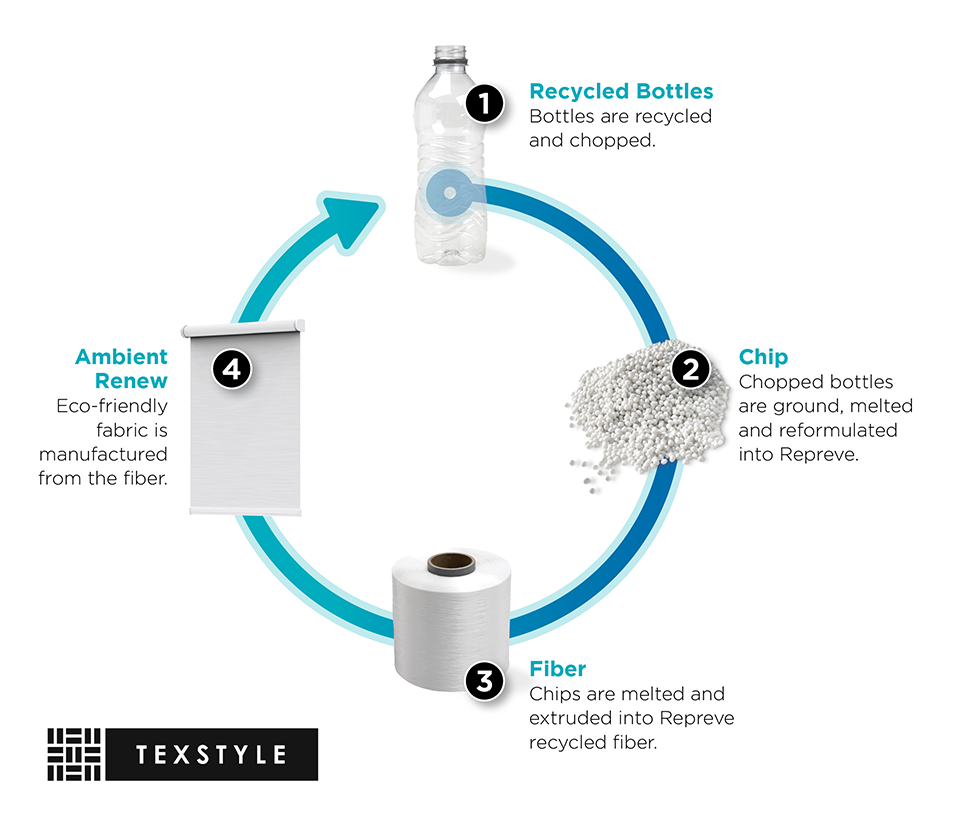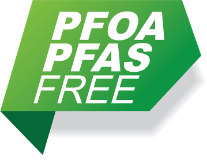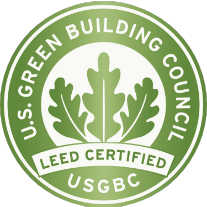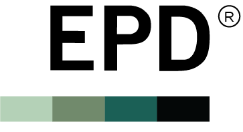Sustainable Shade Solutions
At Rollease Acmeda Contract, we understand that sustainable solutions are critical to meeting the demands of modern commercial spaces by helping businesses reduce their environmental impact while providing efficient, durable, and innovative shading systems.
Maximizing Energy Efficiency with High-Performance Metalized backed Fabrics
Texstyle’s EnviroScreen, OmniaScreen, and SilverScreen fabrics all feature a specialized metalized backing designed to boost energy efficiency and minimize environmental impact. This innovative ultra-thin aluminum layer enhances solar heat reflectance and significantly reduces heat transfer throughout the year, helping to lessen reliance on HVAC systems. As a result, occupants experience improved comfort, health, and productivity, all while lowering energy consumption and operational costs.
With a remarkable solar reflectivity of 85%, SilverScreen 2% is recognized worldwide as a leading solution for energy efficiency.


The Future of Eco-Friendly Recycled Fabrics
Recycled Fabrics by Texstyle:
Ambient Renew by Texstyle is composed of 85% REPREVE® Recycled Polyester, utilizing up to 1,800 recycled plastic bottles per roll. This sustainable solution is PVC-free, promoting healthier indoor air quality and minimizes its environmental impact.
Ambient Renew enhances solar control, reducing the need for artificial lighting and cooling, leading to significant energy savings. Its durability ensures long-lasting performance, reducing waste from frequent replacements.
Additionally, the Ambient Renew Reclaim Program supports recycling, further promoting a circular economy.
Transforming Commercial Building Sustainability with Automated Blinds
Automated shades are revolutionizing sustainability in commercial buildings – such as hospitals, hotels, offices – by seamlessly integrating with Building Management Systems (BMS) to enhance energy efficiency. Automate® motorized shade systems connect with BMS systems, including HVAC, lighting, sensors, and more.
Heating and Cooling Savings
Automate® shades intelligently adjust to optimize indoor temperatures and reduce electricity consumption.
Occupant Health & Comfort
Protect your most valuable asset—people. This seamless
integration optimizes indoor environments, enhancing occupant comfort while promoting overall health and well-being.
BMS Integration
By integrating with building management systems, automated blinds enable real-time adjustments based on sunlight, occupancy, and weather conditions. Moreover, implementing these advanced systems can contribute to achieving LEED and WELL certifications, making them a smart investment for energy-efficient and environmentally responsible projects.
Certification Matrix
Selecting fabrics with these certifications ensures that your commercial projects not only meet rigorous environmental and health standards but also contribute to creating safe, comfortable, and sustainable spaces. By understanding and prioritizing these certifications, you can make informed decisions that benefit both building occupants and the planet.

Understanding Fabric Certifications
In the realm of sustainable architecture and interior design, fabric certifications play a crucial role in ensuring that materials meet stringent environmental and health standards. Here, we explore various fabric certifications, including LEED, WELL, Low VOC, Acoustic Performance, HPDs, PFAS-Free Declarations, and EPDs, to help you make informed choices for your commercial projects.

Low Volatile Organic Compounds
Low VOC certificates like CDPH testing or Greenguard Gold, indicate fabrics emit minimal levels of volatile organic compounds which can cause indoor air pollution and adverse health effects.

PFAS-Free Declarations
PFAS-Free Declarations indicate that fabrics do not contain per- and polyfluoroalkyl substances (PFAS), a group of chemicals linked to various health issues.

Acoustic Performance
Acoustic performance certifications assess the ability of fabrics to absorb sound and reduce noise levels within a space.
Innovative Solutions
Using architectural design, we bridge aesthetics with technology.







